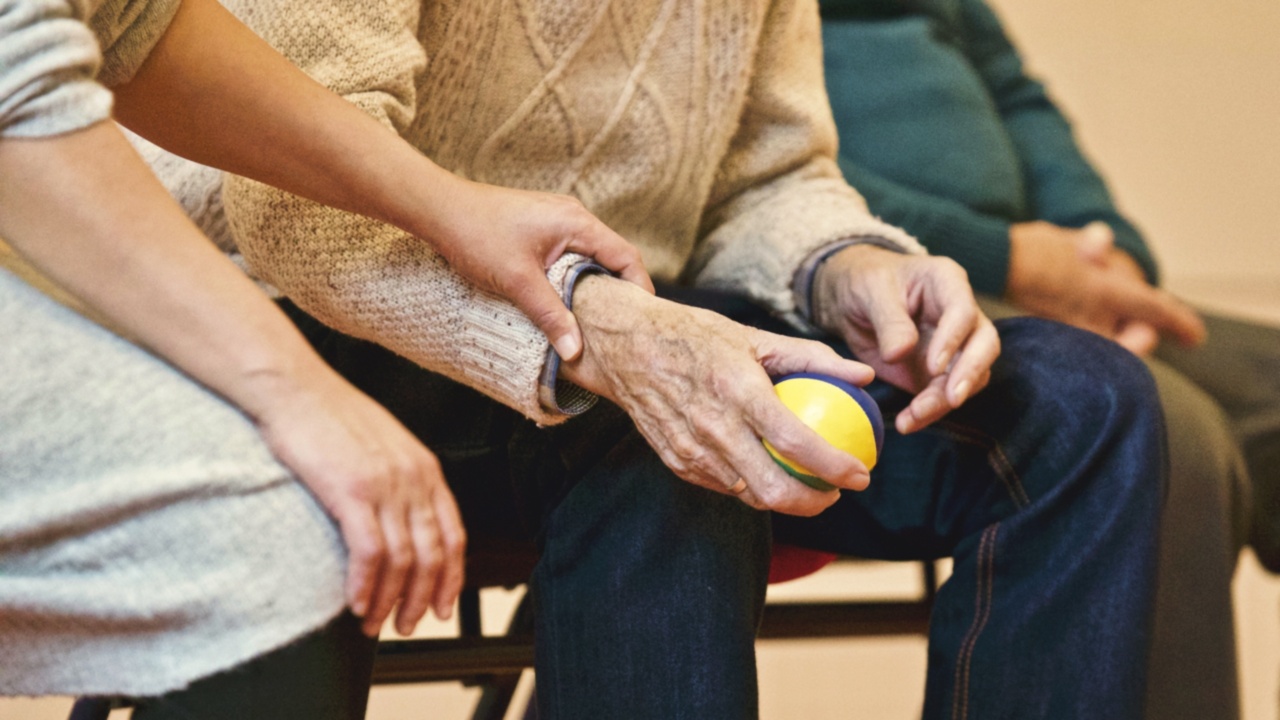Frequent pelvic pain can significantly affect a woman’s quality of life and have various underlying causes. Identifying and addressing the root cause of pelvic pain is essential for effective treatment and management.
In this article, we will explore common causes, symptoms, and treatment options for frequent female pelvic pain.
1. Endometriosis
Endometriosis is a condition in which the tissues lining the uterus (endometrium) grow outside the uterus. This abnormal tissue growth can cause intense pain, especially during menstruation.
Other symptoms may include pelvic discomfort, heavy periods, and infertility. Treatment options for endometriosis include hormonal therapy, pain medication, and surgery.
2. Pelvic Inflammatory Disease (PID)
Pelvic inflammatory disease is an infection that affects the female reproductive organs. It usually occurs as a complication of sexually transmitted infections, such as gonorrhea or chlamydia.
Common symptoms of PID include pelvic pain, fever, abnormal vaginal discharge, and pain during intercourse. Antibiotics are typically prescribed to treat the infection and alleviate symptoms.
3. Uterine Fibroids
Uterine fibroids are non-cancerous growths that develop in the uterus. These growths can cause pelvic pain, heavy menstrual bleeding, and pressure on the bladder or rectum.
Treatment options for fibroids include medication, minimally invasive procedures, or surgery, depending on the size and severity of the fibroids.
4. Ovarian Cysts
Ovarian cysts are fluid-filled sacs that form on or within the ovaries. While most ovarian cysts are harmless and resolve on their own, some can cause pelvic pain, bloating, and discomfort.
Treatment varies depending on the type and size of the cyst, with options ranging from watchful waiting to surgical removal.
5. Adenomyosis
Adenomyosis is a condition in which the endometrial tissue grows into the muscular walls of the uterus. This can lead to pelvic pain, heavy menstrual bleeding, and enlarged uterus.
Treatment options may include pain medication, hormonal therapy, or, in severe cases, hysterectomy.
6. Interstitial Cystitis
Interstitial cystitis, also known as painful bladder syndrome, is a chronic condition characterized by bladder pain and pressure. The pain can radiate to the pelvic area and affect a woman’s daily activities.
Treatment for interstitial cystitis may involve lifestyle changes, medications, bladder instillations, or nerve stimulation therapy.
7. Chronic Pelvic Inflammatory Pain (CPP)
CPP refers to pelvic pain lasting for at least six months without an identifiable cause. It can result from previous infections, endometriosis, or musculoskeletal factors.
Management strategies for CPP typically involve a multidisciplinary approach, including pain medications, physical therapy, and psychological support.
8. Vulvodynia
Vulvodynia is a condition characterized by chronic pain and discomfort in the vulva. The pain can be constant or sporadic, and it may affect sexual intercourse or daily activities.
Treatment for vulvodynia may involve medications, topical creams, physical therapy, or nerve blocks.
9. Pelvic Floor Dysfunction
Pelvic floor dysfunction occurs when the muscles in the pelvic floor become weakened or too tight, leading to chronic pelvic pain. This condition can result from childbirth, trauma, or certain medical conditions.
Treatment options for pelvic floor dysfunction include physical therapy, biofeedback, medication, and in some cases, surgery.
10. Psychological Factors
Psychological factors, such as stress, anxiety, and depression, can contribute to frequent female pelvic pain. These emotional factors can exacerbate existing pain conditions or even manifest as unexplained pelvic pain.
Adopting stress-management techniques, seeking therapy, or engaging in relaxation practices may help alleviate pelvic pain associated with psychological factors.
In Conclusion
Frequent female pelvic pain can have multiple causes, ranging from reproductive conditions like endometriosis and fibroids to psychological factors and pelvic floor dysfunction.
It is crucial to consult with a healthcare professional for an accurate diagnosis and appropriate treatment plan. By addressing the underlying cause of pelvic pain, women can find relief and improve their quality of life through various management strategies.





























